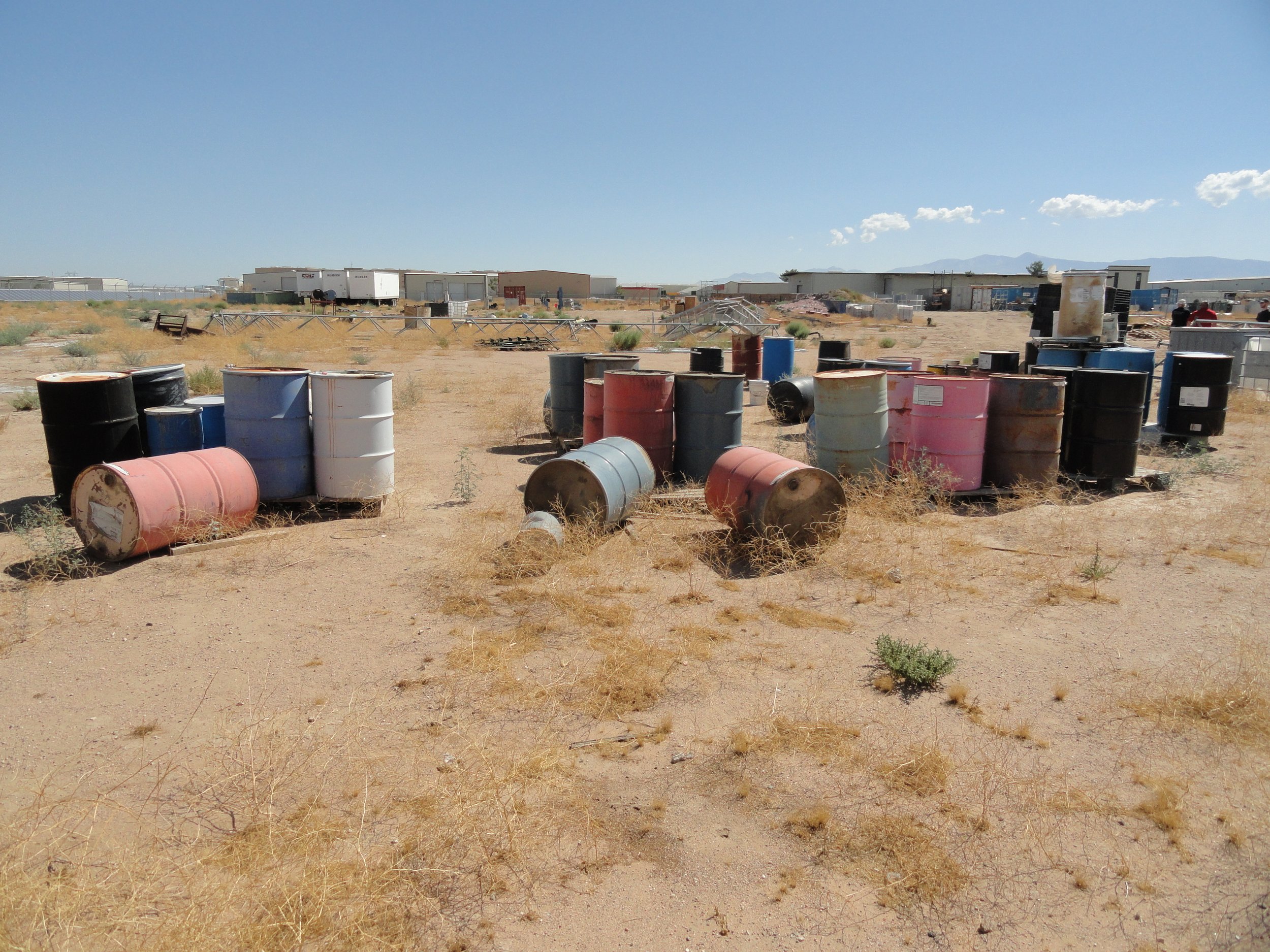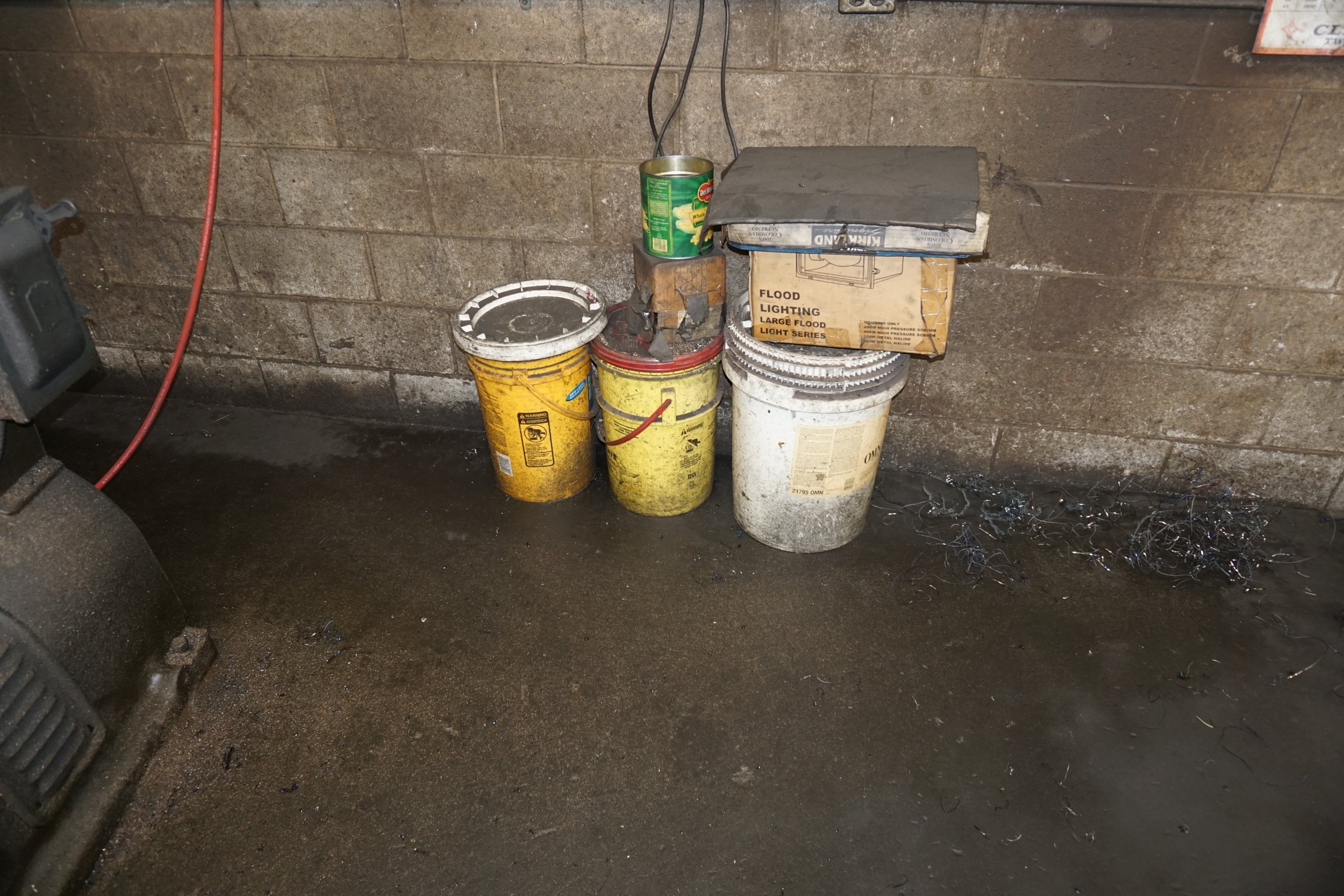Common Environmental Concerns

Common Environmental Concerns

Abandoned Diesel Fuel Aboveground Storage Tank (AST) and Drums/Containers of Hazardous Materials & Waste

Old oil/water separator may be breached, allowing contaminantes to enter subsurface soil/groundwater

Old underground piston lift system leaking hydraulic oil into subsurface soils

Leaking and stained 55-gallon drums improperly stored on exposed soil

Surface staining identified within machine shop

Possible groundwater contamination beneath subject property

Soil staining observed beneath and surrounding damaged tote

Surface staining observed within light-industrial building

Dry cleaning machine containing perchloroethylene (PCE), a chlorinated solvent used in the dry cleaning process
